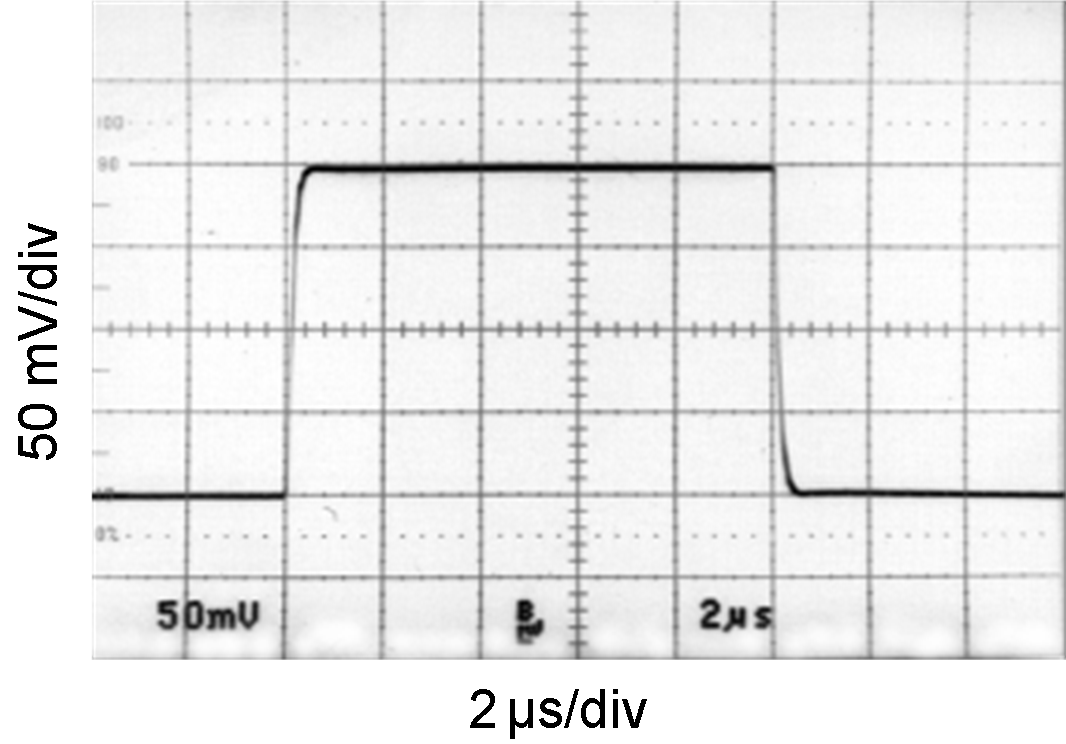SBOS070D October 1997 – December 2019 OPA548
PRODUCTION DATA.
- 1 Features
- 2 Applications
- 3 Description
- 4 Revision History
- 5 Pin Configuration and Functions
- 6 Specifications
- 7 Detailed Description
- 8 Application and Implementation
- 9 Power Supply Recommendations
- 10Layout
- 11Device and Documentation Support
- 12Mechanical, Packaging, and Orderable Information
Package Options
Mechanical Data (Package|Pins)
Thermal pad, mechanical data (Package|Pins)
Orderable Information
6.6 Typical Characteristics
at TCASE = 25°C, VS = ±30V, and E/S pin open (unless otherwise noted)










| G = 1 | CL = 1000 pF |





and Power-Supply Rejection vs Temperature





| G = 3 | CL = 1000 pF |
